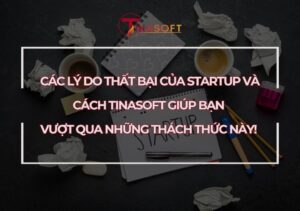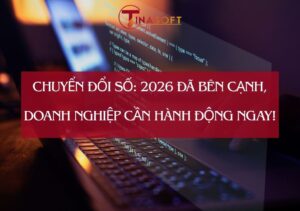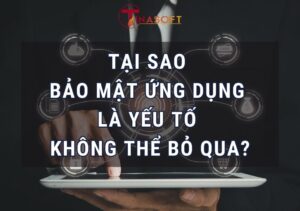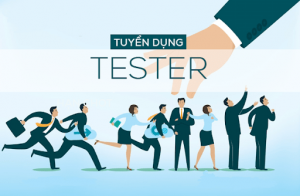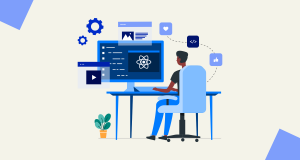
Currently, ERP and IoT systems are becoming ideal destinations for businesses that want to improve management efficiency and optimize their production and business activities. The business environment is becoming increasingly complex and competitive, and using technology to optimize corporate governance is necessary.
ERP and IOT systems feature
ERP systems provide a comprehensive platform for managing resources, business processes, and information within an enterprise. Meanwhile, IoT opens up a new world of connecting devices and sensors to collect real-time data from the surrounding environment.
- Real-time data collection: IoT provides detailed data on manufacturing and transportation operations.
- Analysis and forecasting: Incorporating data from IoT helps analyze and forecast production performance and material demand.
- Process automation: ERP systems use data from IoT to automate management and maintenance processes.
- Smart inventory management: IoT helps track real-time inventory, helping businesses optimize inventory management.
- Enhance security and safety: Using IoT and ERP systems helps businesses monitor and ensure the safety of employees and assets.
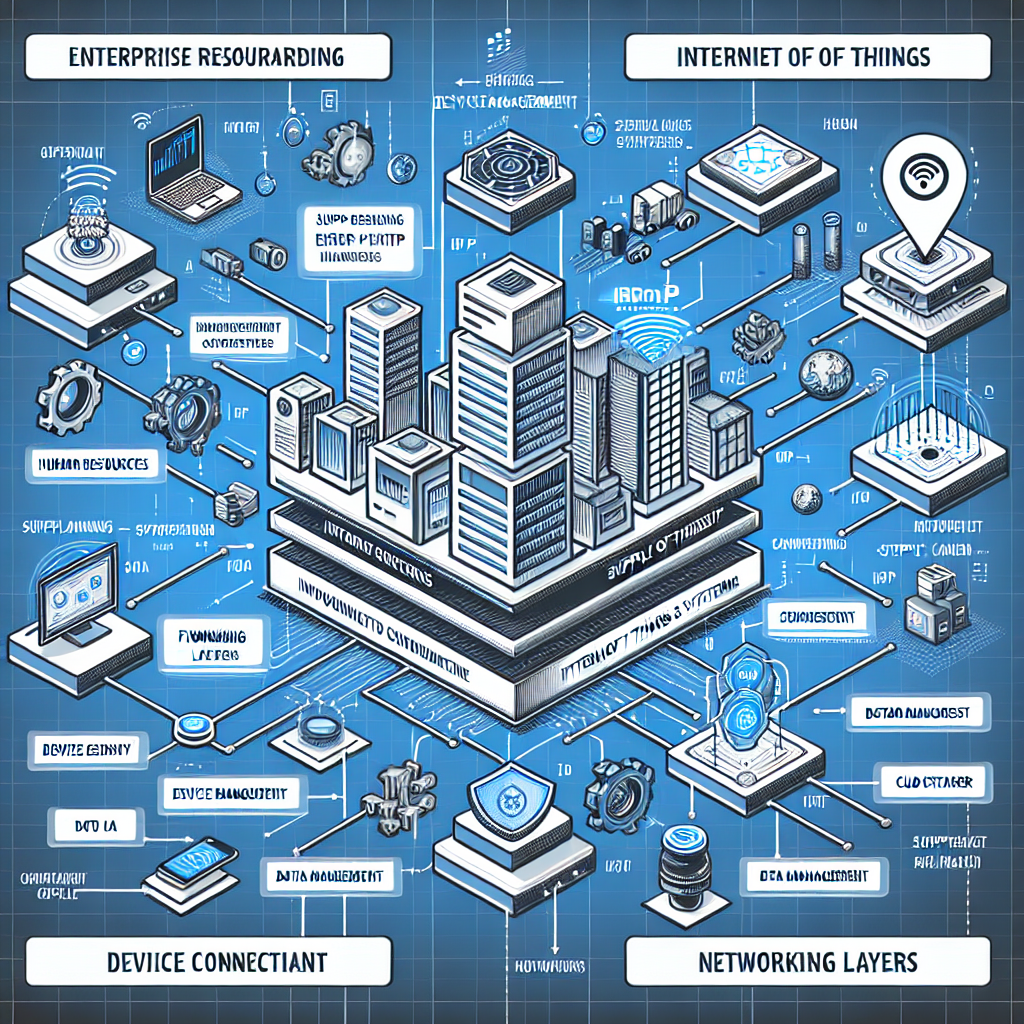
The benefit of optimizing the system
Integrating ERP and IoT systems brings many great benefits to businesses. Combining the power of these two technologies helps businesses achieve greater flexibility in managing and shaping business strategies.
- Improve manufacturing performance: Use data from IoT to monitor and optimize manufacturing processes to increase productivity and minimize downtime. For example, an auto manufacturing company reduced downtime by 25% after implementing ERP and IoT integration.
- Supply chain optimization: Based on real-time data from IoT, businesses can forecast demand and manage inventory more accurately. A McKinsey study found that businesses that integrate IoT into their supply chains can reduce inventory by up to 20% and increase profits by up to 50%.
- Enhanced customer service: By using IoT data to understand customer needs better, businesses can provide personalized service and respond more quickly. According to Harvard Business Review, 84% of customers say they will be more loyal to businesses that can respond quickly to their requests.
- Reduce costs and waste: Integrating ERP and IoT helps reduce production and inventory management waste. Deloitte estimates that using IoT in inventory management can reduce costs by up to 30% and increase profits by up to 50%.
- Shaping business strategy: Insights from ERP and IoT provide the information needed to make smart business strategy decisions. According to Gartner, businesses that integrate IoT and ERP have the potential to increase profits by up to 30% by using feedback from real-time data to adjust business strategies.
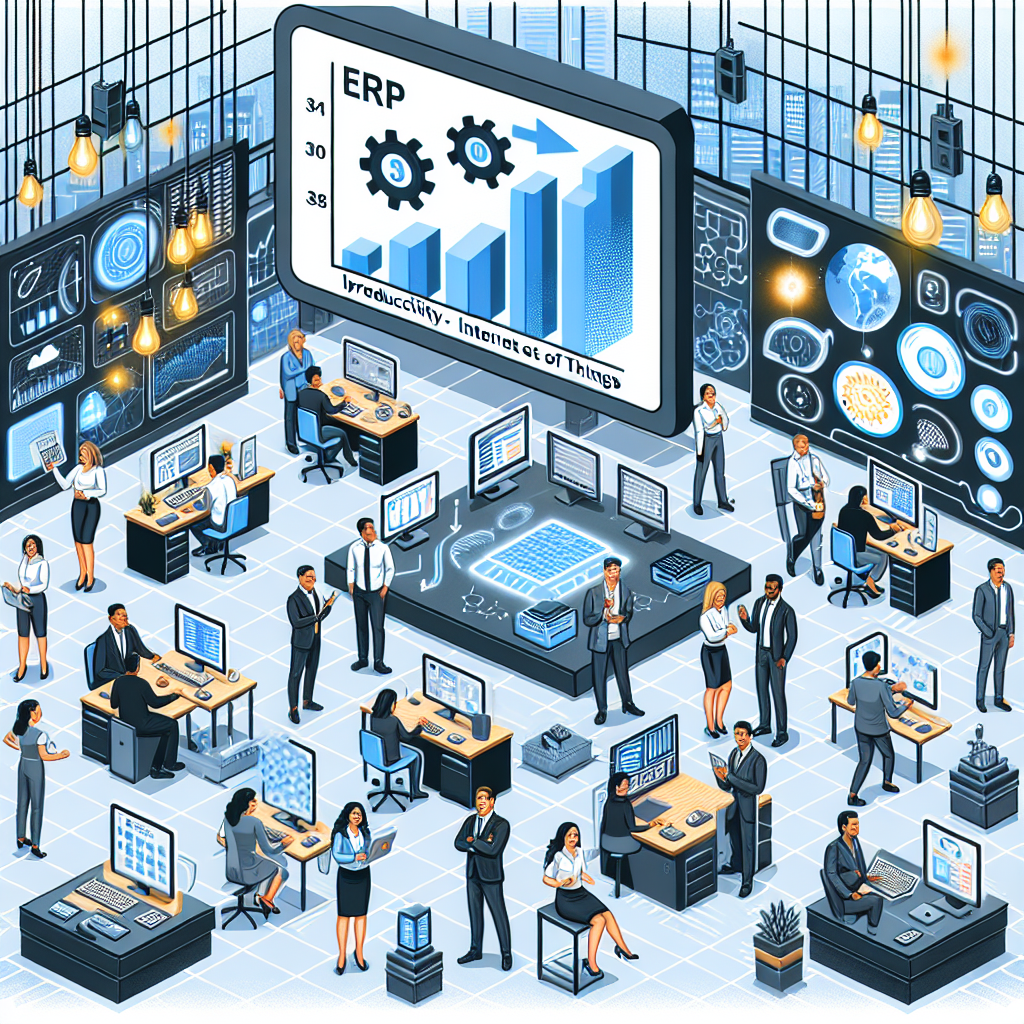
Why should we use the optimal system?
Integrating Enterprise Resource Planning (ERP) systems with Internet of Things (IoT) technology is not merely a market trend; it’s a strategic move crucial for enhancing business performance and competitiveness.
By merging the deep insights offered by ERP with real-time data streams from IoT devices, businesses can make informed decisions swiftly, optimizing every facet of operations from production to client service.
This synergy not only leads to cost savings and efficient growth but also fosters satisfaction and trust among customers. The seamless integration of ERP and IoT brings several advantages to businesses:
- Enhanced Decision Making
- Optimized Operations
- Improved Product Quality
- Predictive Maintenance
- Enhanced Customer Experience
- Competitive Advantage
Overall, integrating ERP and IoT systems is not just a technological upgrade; it’s a strategic imperative for businesses looking to thrive in today’s dynamic marketplace. It empowers organizations to harness the power of data, optimize operations, and deliver value to customers, ultimately driving growth and competitiveness.

Conclude
In conclusion, following Tinasoft and leveraging their business management solutions for integrating ERP and IoT systems can significantly enhance business performance, flexibility, and competitiveness in today’s dynamic business environment. It equips organizations with the tools and capabilities needed to thrive and succeed in an increasingly digital and interconnected world.






